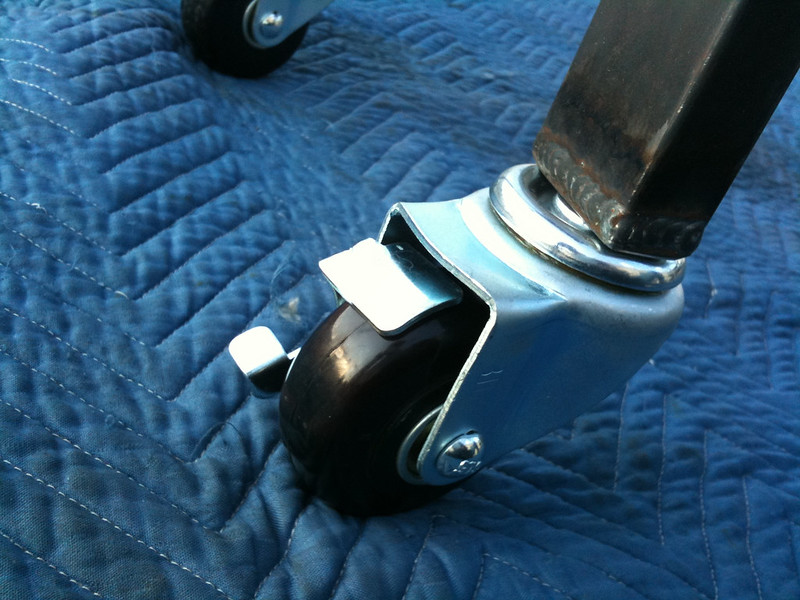Swivel Casters With Lock – The Ultimate Guide to Choosing the Right Ones for Your Needs

Carts, equipment, and tables rely on caster wheels and locks in industrial, commercial, and manufacturing settings. These components are designed to immobilize a wheel’s rotation and swivel action to keep loads stable and on a predetermined path.
Your needs for stability versus maneuverability will impact your choice of wheel materials, caster mount type, and other caster features. The following are a few of the most important things to consider before purchasing.
Brakes
If you’ve ever had an overloaded shopping cart full of groceries that you had to push, you know how difficult it can be. A cart’s turning forces can increase up to three times over its normal turning force when loaded. Adding swivel casters with locks can help eliminate this issue by making maneuvering the cart in tight spaces or around aisles easier.
A swivel casters with lock is a spring-loaded plunger that engages into notches every ninety degrees of the swivel bearing to prevent the swivel section from moving while side thrust is applied. This type of lock is typically attached when the caster is bolted onto equipment and can be easily disengaged by hand.
On the other hand, a total lock brake stops the swivel section and wheel at the press of a foot pedal, locking the entire caster so that it will not move in any direction. This type of brake is the most preferred of all brake options as it provides greater security and movement mitigation. It also has fewer pieces and is field installable on most light-duty swivel or rigid casters.
Locks
Locking the caster wheel in a fixed position allows for more flexibility when moving heavy equipment. For example, if you have a cart that must be moved over a long distance, locking the wheels helps to improve steering. It also gives the cart stability for straight-line movement.
Caster locks work by inserting a plunger into one of the four notches in the caster mount. They are usually hand- or foot-operated and engage or disengage with a quick pull or push of the handle. The notches are different for each type of caster, so it is essential to choose a compatible lock.
Some casters have brakes built into them, which can be used with a knob or a ring handle. These are an excellent option for heavily used equipment that must remain stationary or where the item may get wet and need storage. They prevent the caster from rotating but do not limit swivel movement.
Mounting Options
Swivel locks are a field-installable option allowing the user to convert swivel casters into rigid casters for straight-line tracking quickly. These can be especially useful if moving units must travel long distances.
When the swivel lock is engaged, a foot pedal activates a stainless steel spring that forces a pin into one of four slots on the swivel fork to restrict rotation and convert the caster to a rigid. This can significantly reduce back strain for the operator when moving heavy equipment or carts.
Rigid casters are better for situations where the equipment or cart is only used in a fixed position, such as stationary workbenches and tables. In these instances, the swivel wheels can cause the unit to roll unevenly, leading to damage or injury. Brakes are also more helpful in these scenarios, as they help prevent damage and injuries. The most effective brakes for these applications are tech lock brakes, which stop the wheel and swivel head from rotating.
Material
Choosing a suitable material is essential for stability, maneuverability, and overall durability. There are several options to choose from, including metal and polyurethane wheels. Some casters feature a swivel lock that locks the swivel action, which helps to provide more stability and prevent carts from accidentally rolling over objects.
Hand-controlled and foot-activated swivel locks can block the caster’s swivel axis, which restricts the wheel’s movement in all directions. When activated, these swivel locks convert the caster into a fixed caster with limited swivel movement, which can be helpful if you need to move the unit for long straight distances.
These swivel locks can be field-installed to existing or rigid casters with mounting holes. Matching the swivel lock with its specific brand and series of casters is essential to ensure proper installation. Otherwise, swivel locks may not fit other types of casters. Also, it is essential to keep the swivel locks lubricated.



